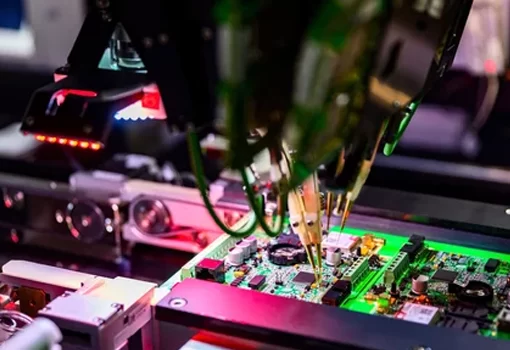Crash test dummies form the crux of car safety research. Toyota recently showcased crash test dummies, which were capable of replicating human behavior before a crash. Within the automotive industry, research on virtual crash test dummies comprises the largest coordinated effort in car safety.
In light of developments geared towards virtual crash test dummies, the question: “Is this the end of the physical crash test dummy?” becomes relevant. However, before a concrete answer can be decided upon, the benefits of physical crash test dummies must be considered. A physical crash test dummy is more like the flight recorders or black boxes used in aircrafts these days; it is a device that is merely used for registering the impact of forces during a crash. A physical crash test dummy is not able to assess and therefore replicate the occupant’s behavior. Virtual crash test dummies however, will be capable of replicating pre-collision human reactions. Their muscle modelling feature will simulate the body posture and attitude of the vehicle occupant ranging from relaxed to braced-for-impact, thereby allowing for a more detailed computer generated analysis of post-crash injuries. This allows for an accurate study of the performance of seatbelts, airbags, and other passive safety equipment during a collision. This differentiating feature alone is enough to signal that the end for physical crash test dummies is near.
However, a closer inspection of the issue at hand will suggest that there are teething issues to be sorted before physical crash test dummies are completely replaced with virtual crash test dummies. For instance, the virtual human body is too complex for it to be incorporated into a physical crash test dummy. Therefore it becomes imperative to verify the necessary algorithms against all possible human behaviors that can occur just before a collision. Modelling the human brain might be the biggest challenge, as each person’s brain reacts to a particular situation differently. Hence, to effectively use sophisticated human representatives as virtual crash test dummies would require more effort than just merely calibrating crash test software for linear progression.
It is likely that physical crash test dummies will continue to be relevant for the foreseeable future and will continue to do what they were created for, namely, being data loggers during collisions. Thus, the future of physical crash test dummies is all the more important. For instance, in the future, physical crash test dummies can be used to gauge the occupant’s interaction with different safety systems and thus help assess vehicle design. Virtual crash dummies can then take over to investigate variations in factors such as occupant percentiles, age, gender, child passengers, obesity (BMI), and muscle tension in pre-braking. Finally, the physical crash test dummy can validate and further fine-tune the human-vehicle interaction.
Some Original Equipment Manufacturers (OEMs) might consider completely eliminating the use of physical crash test dummies and moving towards a virtual test dummy. As stated earlier, in terms of safety, virtual crash test dummies give an unparalleled advantage by accurately modelling pre-collision human movements to assessing various other parameters such as muscle tension while pre-braking. However, apart from accurately determining pre-crash human behavior, OEMs are chiefly interested in cost and time. A single state-of–the-art crash test dummy will set an OEM back from $50,000 to $600,000, once all the electronics are accounted for. Furthermore, the whole process of crash-testing in itself is expensive—with estimates in thousands of dollars for a vehicle prototype. By using a virtual crash test dummy, OEMs will not only be cutting down on costs but will also be significantly reducing lead time by months. Several OEMs have drastically increased the number of virtual tests on a component level for safety, thereby using a virtual human dummy to verify these tests will not only reduce costs but also save OEMs development time.
Therefore, in light of the question of “Is this the end of the physical crash test dummy?” The answer is simply—’Not yet’, as OEMs and Tier-I suppliers may eventually adopt virtual crash test dummies, but not at the expense of physical crash test dummies. However, virtualization is closer than expected and the future may well see OEMs and suppliers adopting virtual crash tests and using virtual crash test dummies. However, it must be noted that the automotive industry seems unprepared at this stage to adopt virtual crash tests at the expense of physical crash tests. Nonetheless, one must always keep in mind that virtualization, in reality, is not as far as one would think.




